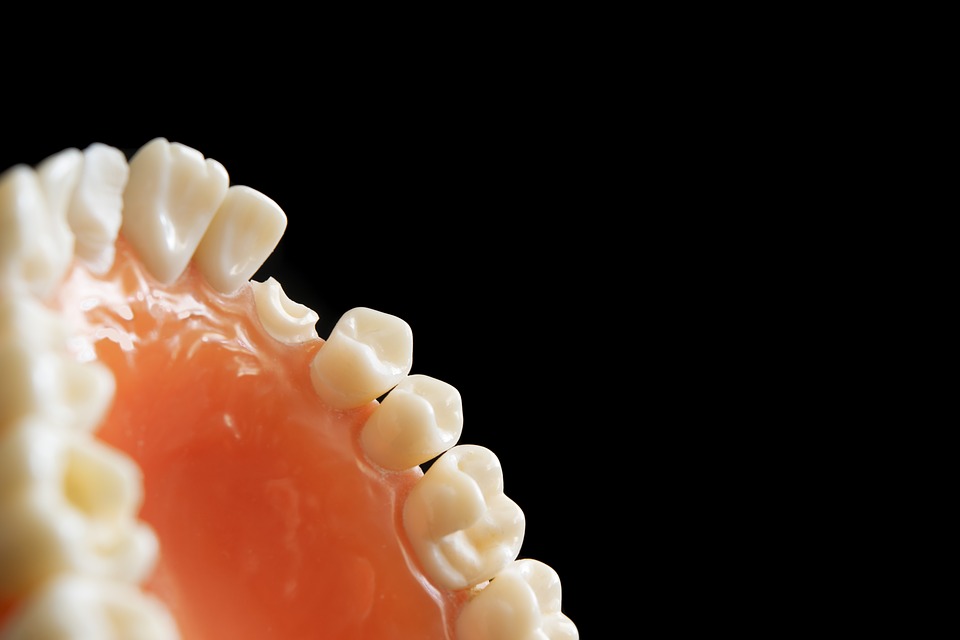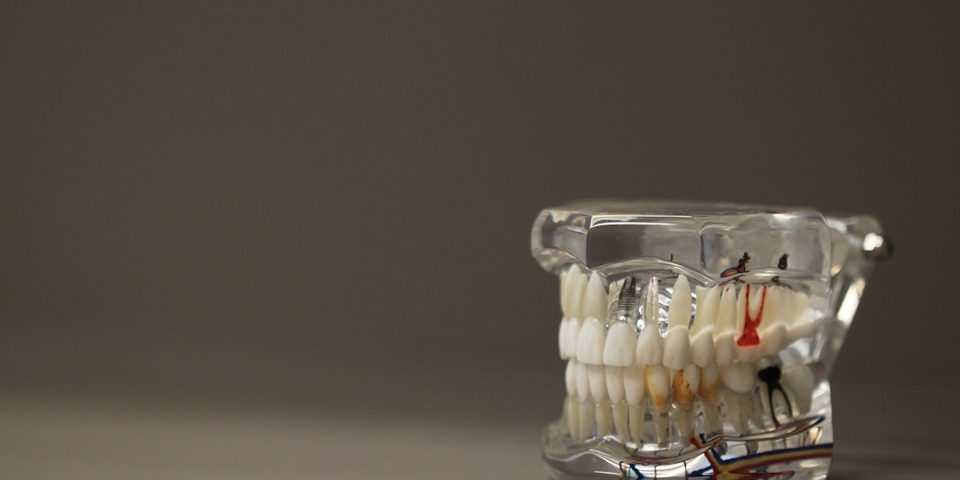Root canal treatment is a process to restore the tooth with irreversible infection. To know RCT one must know what is Root Canal? A root canal is a part of the tooth. Its treatment is not done to the tooth. The tooth can be divided into two parts crown and the root. The part of the tooth that is visible above the gum line is known as the crown and the part of the tooth is submerged or is beneath the gum is the root portion of the tooth. The cervical line is an imaginary line that divides the crown from the root.
When a root canal treatment is done?
The most common complaint in the dental clinic is the decay of tooth and pain. Decay can be classified into 5 types, but only if the decay extends into the pulp chamber (that which has nerve endings and blood supply) only then there is a need for Root Canal Treatment. If the decay is superficial localized to enamel or dentine, the decay can be removed and the decayed tooth portion can be replaced or filled with Dental cement (GIC, COMPOSITE, MIRACLE MIX AND etc.).
Decay involving the pulp or the nerve can be from any surface of the tooth. In a few cases we can see no decay but due to trauma to teeth or periodontal problems can lead to tooth tenderness, which requires Root canal therapy. In all the aetiologies there is a microbial invasion into the pulp which suggests the need for RCT.

RCT is also known as Root Canal Therapy, Endodontic therapy or Endodontic treatment. RCT is a symptomatic treatment that involves the removal of infection from the infected tooth. This will eliminate microbes from the root canal and the tooth is filled with inert material known as gutta-percha (GP).
ROOT CANAL THERAPY CAN BE DIVIDED INTO 4 STEPS of which 3 are concerned to infection control and eradication. The 4th step is to retain or repair the tooth to its original anatomy.
- Access opening
- Cleaning and shaping
- Obturation
- Crown placement
Before coming to a conclusion of diagnosing the patient that he/she has to undergo RCT we need to perform a few investigation or diagnostic tests!
- Tenderness of tooth
- Fracture of tooth
- Mobility of tooth
- Pulp testing apparatus
- Pulp vitality tests
- Radiographs
In the first step, the tooth diagnosed in identified using the above-mentioned tests. The tooth once identified then local anesthesia is administered for that particular tooth. One anesthesia is achieved then the dentist prepared a cavity or access to canals that are used to clean the tooth.
For more information about Root canal treatment, click here.

